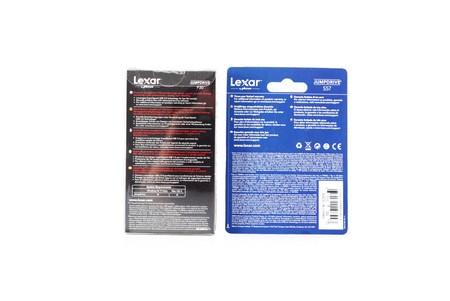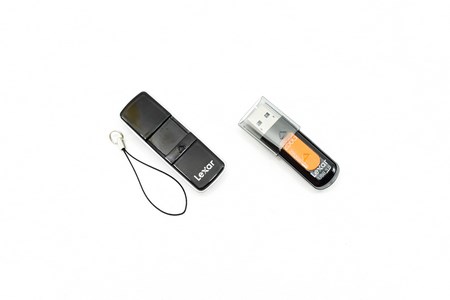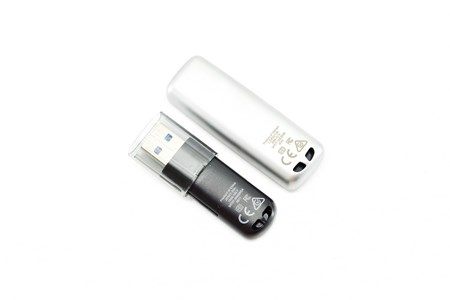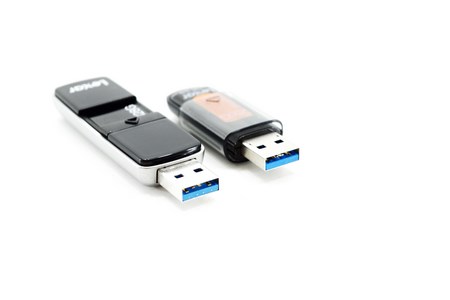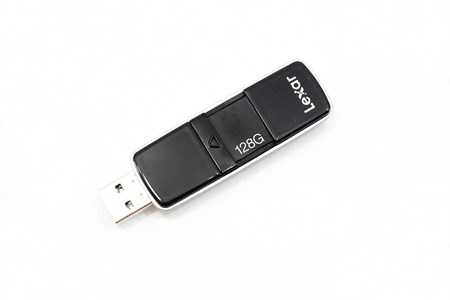INTRODUCTION
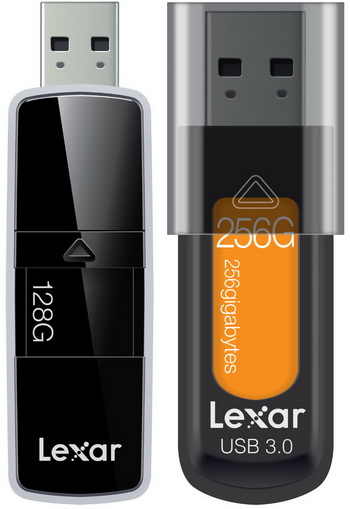
No matter how many times i talk about portable storage media to people i know they are always divided into two groups the ones who care mostly about read & write performance and the ones who place high storage capacity above everything else. So although some people will get to choose a 256GB USB flash drive with "sufficient" read & write performance levels for roughly the same amount of money others will prefer a 128GB USB flash drive with blazing fast data transfers. Lexar is a storage media manufacturer that has been around for as long as i can remember and even though Micron (parent company) recently announced plans to discontinue the brand (they may end up selling it so we may see them again in the near future) their products will actually be available throughout September (support and warranties will continue) and so we decided to take a look at their JumpDrive P20 and S57 USB 3.0 flash drives to cater to the needs of both mentioned groups.
Lexar is a global brand of Micron Consumer Products Group, Inc., a subsidiary of Micron Technology, Inc., one of the largest memory manufacturers in the world. Lexar products include industry-leading memory cards for photography and video, card readers, storage drives, high-performance USB flash drives, and memory cards for mobile devices. Lexar products are available worldwide at major retail and e-tail stores, and at www.lexar.com. For more information or support, visit www.lexar.com.
The Lexar JumpDrive P20 is currently available in 32/64/128GB capacities and with advertised read/write speeds of up to 400MB/s - 270MB/s for the highest capacity (also the one in our hands) it's also the fastest USB 3.0 drive in their product lines. To achieve these numbers the JumpDrive P20 uses the "popular" PS2251-08(PS2308) dual-channel ultra-high-speed USB 3.0-to-Flash micro-controller chip by Phison (supports global wear-leveling and power saving functions) along with Micron MLC NAND flash. The JumpDrive S57 on the other hand is currently available in 16/32/64/128/256GB capacities and is based on the SM3267AE single-channel USB 3.0 controller by Silicon Motion and Micron single-channel MLC NAND flash. This combination may not be as fast as the one contained in the P20 but it still allows our sample (256GB) to achieve read/write performance of up to 150MB/s - 60MB/s. In terms of warranty Lexar covers (and will continue to cover) the P20 line with a lifetime limited one and the S57 line with a 3-year one.
SPECIFICATIONS AND FEATURES

PACKAGING AND CONTENTS
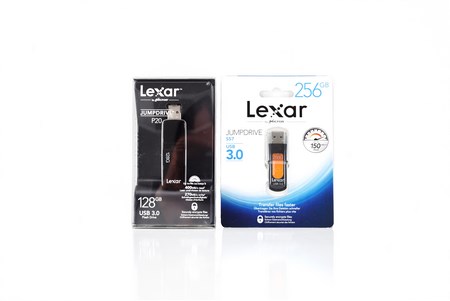
Both the Jumpdrive P20 and the Jumpdrive S57 arrive in boxes from where you can actually see the drives, their capacity and advertised performance numbers (the higher-end P20 comes in a more elegant box).
A few words about the drives (including their warranties) are printed at the rear of the boxes in several languages.
Aside a small lanyard included in the P20 box we find nothing else with both drives.
THE JUMPDRIVE P20 128GB & S57 256GB
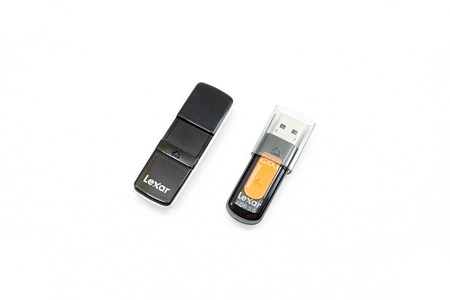 Although the housing of the Jumpdrive P20 is a mix of aluminum and plastic the S57 is entirely made out of plastic.
Although the housing of the Jumpdrive P20 is a mix of aluminum and plastic the S57 is entirely made out of plastic.
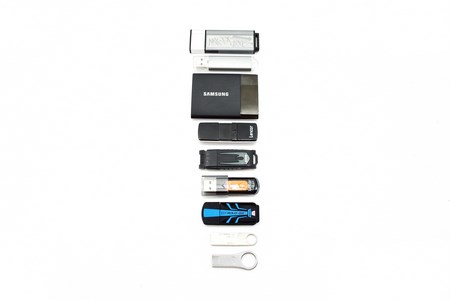
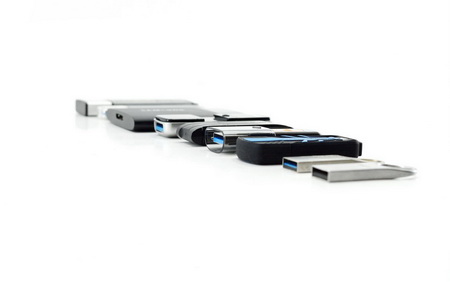 To showcase the size of both drives we placed them right next to several of the ones we have in our lab (including the T2 by Samsung).
To showcase the size of both drives we placed them right next to several of the ones we have in our lab (including the T2 by Samsung).
At the rear of both drives you will find the serial numbers and the lanyard openings.
Both drives feature a retractable design for the USB plug but the one of the S57 is a lot more basic compared to that of the P20.
Worth mentioning is that the capacity of the P20 is only visible when the USB plug is exposed as seen above.
TEST BED
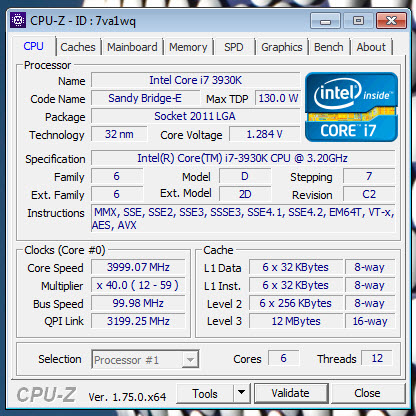

TESTING METHODOLOGY
Since flash drives are basically plain storage media devices just like solid state drives and hard disk drives we are using almost the same testing methodology to successfully record the achieved performance numbers. The benchmark suites used are HD Tach RW (Read Speeds / Long Bench 32mb Zone Testing), HD Tune Pro (Read speeds), Sisoftware Sandra Pro (Read / Write speeds), AIDA 64 Engineer Edition (Average Linear Read / Random Read speeds), Crystal Disk Mark x64 (100MB-1000MB Read / Write speeds) and finally ATTO (Max Read / Max Write speeds). Every test is repeated a total of 6 times after which the average performance numbers are recorded into our charts (0 = we were unable to complete that test).
All tests are performed with our main rig running Microsoft Windows 7 Ultimate x64 Service Pack 1 complete with every update until 5th of July 2017 (UASP compatible models are tested using a fresh Windows 10 Pro installation again on a HyperX Predator 480GB PCIe SSD). As always for comparison purposes in the charts you will also find many other flash drivers which have been tested using the same exact test bench as the one in this review (we really can't keep every flash drive we get forever and also even if we could testing them all again and again would simply not be possible).
TEST RESULTS - AIDA64 / ATTO


TEST RESULTS - HD TACH RW / HD TUNE PRO


TEST RESULTS - SISOFTWARE SANDRA PRO / CRYSTAL DISK MARK X64
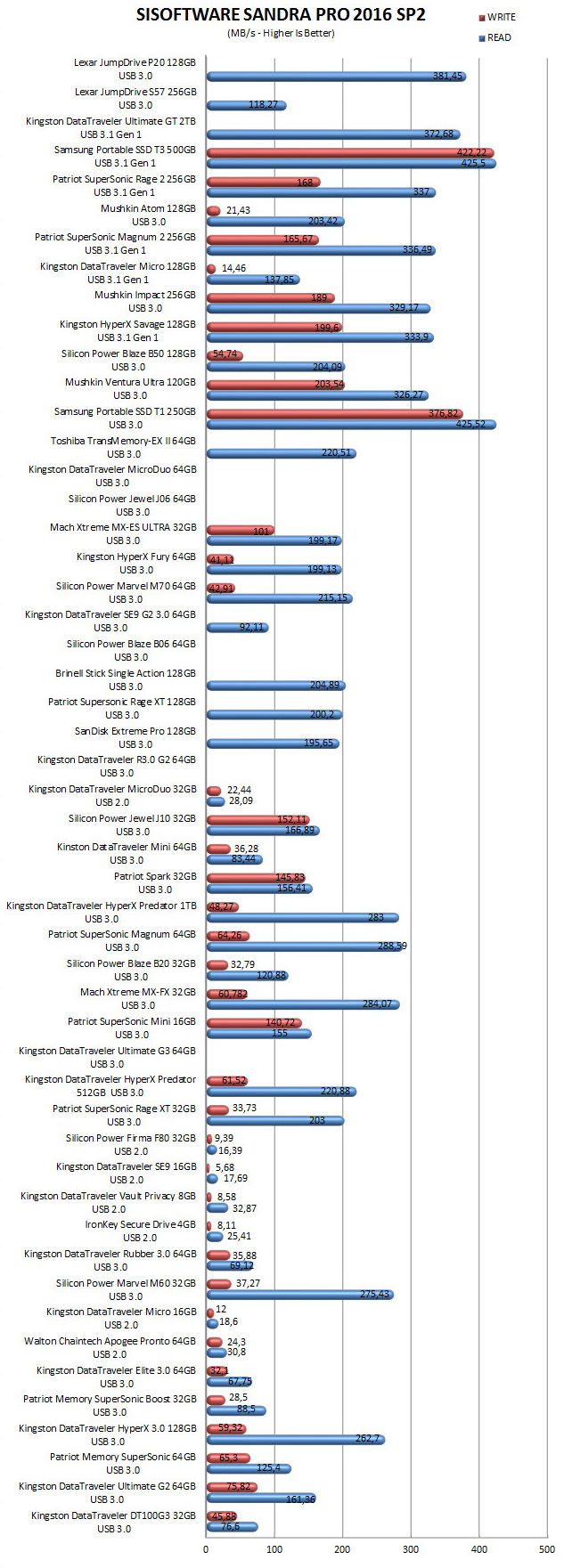

CONCLUSION
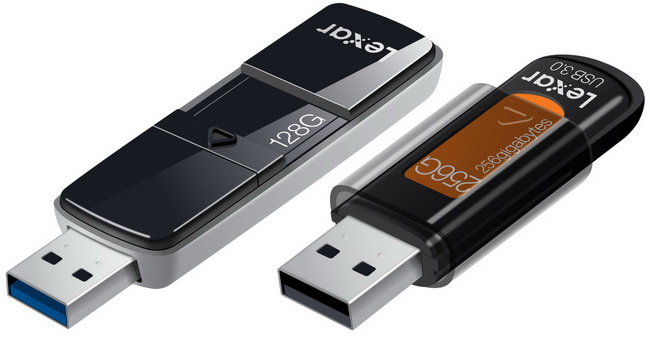
By comparing the performance of the two top USB 3.0 flash drives in the current Lexar lineup we think it’s clear that while the JumpDrive P20 is aimed towards demanding users looking for blazing fast read/write speeds the JumpDrive S57 is aimed towards people who are looking for ample available space (in all fairness however the S57 did surpass its advertised write speed of 60MB/s by a lot). Of course there are other issues at play here aside performance and capacity since the P20 features a rather sturdy plastic/aluminum body with a much better retractable design as opposed to the all-plastic body of the S57. On the other hand the S57 is available in several colors (depending on its capacity) so it may appeal a bit more in younger audiences. And then we also have warranty so although the P20 is covered pretty much forever (lifetime limited warranty) the S57 only has a 3-year one.
The time has finally come to talk about the price of both the Lexar JumpDrive P20 128GB and the S57 256GB. Well the only good thing for consumers about Lexar closing its doors (either temporary or permanently) is that their products have taken a serious hit so currently you can get the JumpDrive P20 128GB USB 3.0 flash drive for just USD68.99 inside the USA (Amazon.com) and for just 75Euros inside the EU (Amazon.co.uk). The JumpDrive S57 256GB on the other hand costs just USD75 inside the USA (Amazon.com) and 99Euros inside the EU (Amazon.co.uk). If we were to directly compare the P20 128GB with the S57 128GB model then you can currently find the second for just USD39.74 inside the USA (Amazon.com) and for just 67Euros inside the EU (Amazon.co.uk). True prices in the USA are quite better for the S57 model but my guess is that they will get even lower as we approach September (however do keep in mind that it’s now as stock lasts). All said and done both the JumpDrive P20 128GB and the JumpDrive S57 256GB (or even the 128GB model) are very good choices for both of the groups we mentioned in this review but right now only the first deserves our Golden Award.

JumpDrive P20 128GB
PROS
- Build Quality
- Performance
- Capacity
- Limited Lifetime Warranty
- Price (For Some)
CONS
- Availability
JumpDrive S57 256GB
PROS
- Design (Colors)
- Available Capacities
- Write Performance (Compared To Advertised Speeds)
- Price USA (For Some)
CONS
- Availability
- Retractable Design (Piece Of Plastic)
- Price EU (For Some)

 O-Sense
O-Sense





